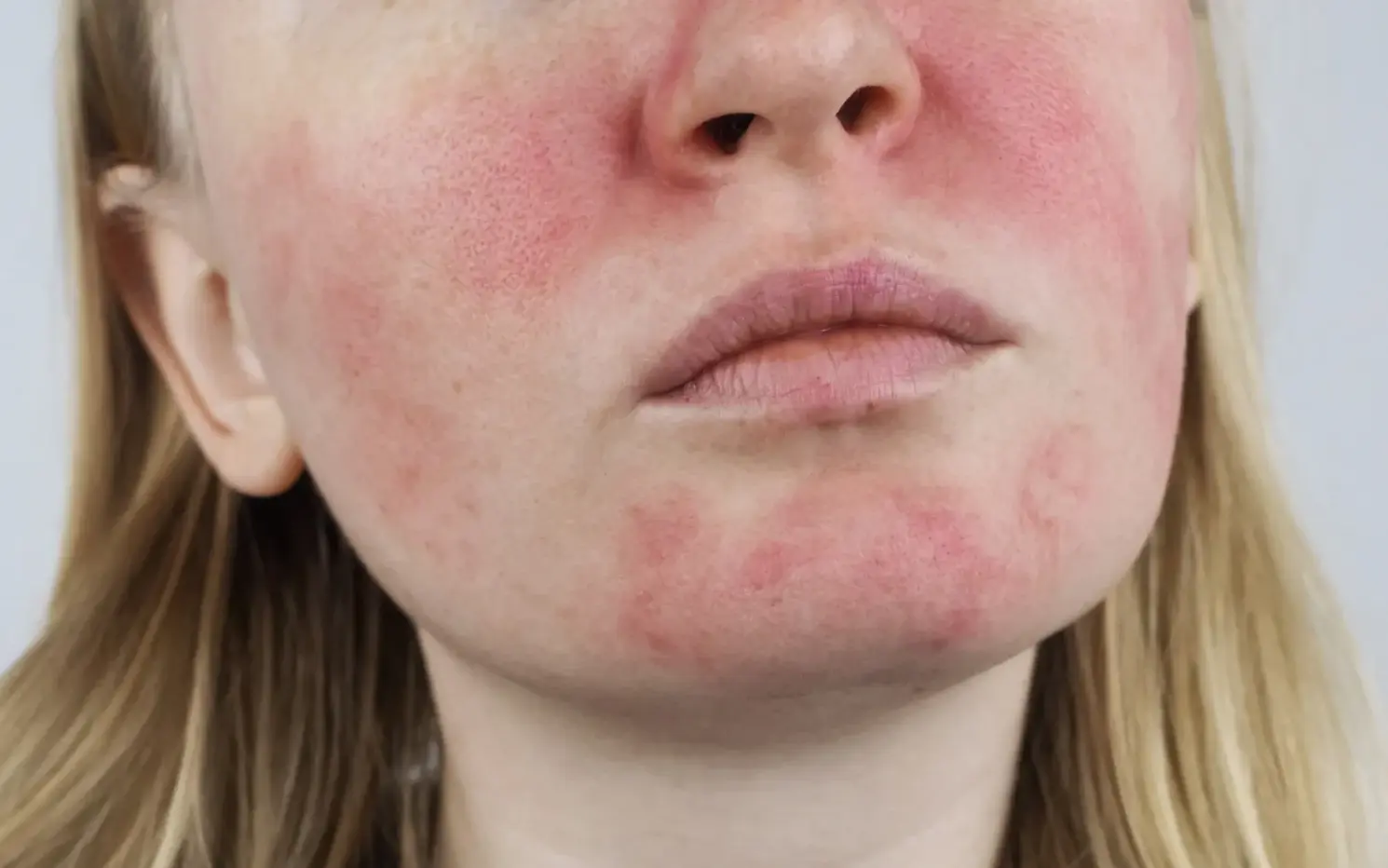The phrase “no pain, no gain” often finds its way into discussions about fitness, but it’s not uncommon to hear it applied to skincare routines as well, particularly when it comes to exfoliation. Many people wonder if a stinging sensation during exfoliation is a sign that the product is working effectively. In this blog post, we’ll delve into whether skin exfoliants should sting, explore the implications of a stinging sensation, and provide guidance on how to exfoliate safely and effectively.
Understanding Exfoliation
Exfoliation is a crucial step in any skincare routine designed to remove dead skin cells from the surface, revealing fresh, new skin underneath. Exfoliation has two types:
1. Physical Exfoliation: This method uses abrasive tools or products, like scrubs or brushes, to physically remove dead skin cells. Examples include exfoliating scrubs with microbeads or natural particles, and tools like konjac sponges.
2. Chemical Exfoliation: This uses active ingredients to dissolve dead skin cells and promote cell turnover. Common chemical exfoliants include alpha hydroxy acids (AHAs) like glycolic acid, beta hydroxy acids (BHAs) like salicylic acid, and enzymes such as papain and bromelain.
Should Exfoliants Sting?
The short answer is: No, exfoliants should not cause a stinging sensation if used properly.
Here’s a closer look at why:
1. Product Sensitivity
○Chemical Sensitivity: Certain chemical exfoliants can cause a tingling or mild warming sensation, especially if they are potent or if your skin is sensitive. This sensation is usually temporary and should not be painful. A slight tingling can be normal, especially with AHAs or BHAs, but it should not escalate to a burning or sharp pain.
○ Physical Exfoliation: If a physical exfoliant is stinging, it could be due to the abrasiveness of the product or incorrect usage. Overly harsh scrubs or using physical exfoliants with too much pressure can cause irritation and discomfort.
2. Skin Type and Condition
○ Sensitive Skin: Those with sensitive skin might experience more pronounced sensations with certain exfoliants. It’s important to choose products designed for sensitive skin or to use lower concentrations of exfoliating acids.
○ Existing Skin Issues: If you have broken, inflamed, or compromised skin, exfoliation might cause discomfort or pain. It’s crucial to avoid exfoliating if your skin is not in good condition and to seek products that are gentle and appropriate for your skin type.
3. Product Formulation
○ Concentration and pH: Higher concentrations of exfoliating acids or a lower pH can increase the likelihood of irritation. Always follow the product’s directions and start with lower concentrations if you’re new to exfoliation.
○ Additives and Fragrances: Exfoliants containing fragrances, alcohol, or other irritating additives might cause stinging or discomfort. Opt for products with minimal ingredients and avoid those known to irritate your skin.
When Exfoliation Causes Pain: What to Do
1. Stop Using the Product
○ Immediate Reaction: If you experience a burning sensation or severe discomfort, discontinue use immediately. Painful reactions are a sign that the product is too harsh for your skin.
2. Rinse Thoroughly
○ Remove Residue: Rinse your skin thoroughly with lukewarm water to remove any remnants of the exfoliant. This can help relieve the skin and avoid further irritation.
3. Soothe and Repair
○ Calm the Skin: Apply a soothing moisturizer or repair balm designed for sensitive or irritated skin. Choose products that contain soothing ingredients such as aloe vera, chamomile, or hyaluronic acid.
4. Consult a Dermatologist
○ Seek Professional Advice: If irritation persists or you’re unsure about the cause of the discomfort, consult a dermatologist. They can help determine whether the product is appropriate for your skin type or recommend alternative options.
How to Exfoliate Safely and Effectively
1. Choose the Right Exfoliant
○ Match with Skin Type: Select exfoliants that suit your skin type and concerns. For sensitive skin, opt for gentle chemical exfoliants with lower concentrations or physical exfoliants with fine, non-abrasive particles.
2. Follow Directions
○ Product Instructions: Always follow the manufacturer’s instructions regarding application frequency, duration, and method. Over-exfoliating or using products too frequently can lead to irritation and damage.
3. Patch Test
○ Test First: Perform a patch test before using a new exfoliant. Apply a small amount of the product to a small area of your skin and wait 24 hours to monitor for any adverse reactions.
4. Hydrate and Protect
○ Moisturize: After exfoliation, apply a hydrating moisturizer to replenish the skin’s moisture barrier.
○ Sun Protection: Exfoliation can increase your skin’s sensitivity to sunlight. Always use a broad-spectrum sunscreen with at least SPF 30 to protect your skin from UV damage.
5. Avoid Combining with Other Irritants
○ Minimize Irritation: Avoid using other potentially irritating products, such as retinoids or strong acids, on the same day as exfoliating. This can help prevent overloading your skin and reduce the risk of irritation.
Conclusion
Exfoliation is an essential step in maintaining healthy, glowing skin, but it should never be painful. While a mild tingling sensation can sometimes occur, especially with chemical exfoliants, a stinging or burning feeling is a red flag that the product may be too harsh for your skin. By choosing the right exfoliants, following instructions carefully, and paying attention to your skin’s responses, you can achieve the benefits of exfoliation without causing harm. Prioritize gentle, effective exfoliation and consult with a dermatologist if you have concerns about how your skin reacts to these treatments.





